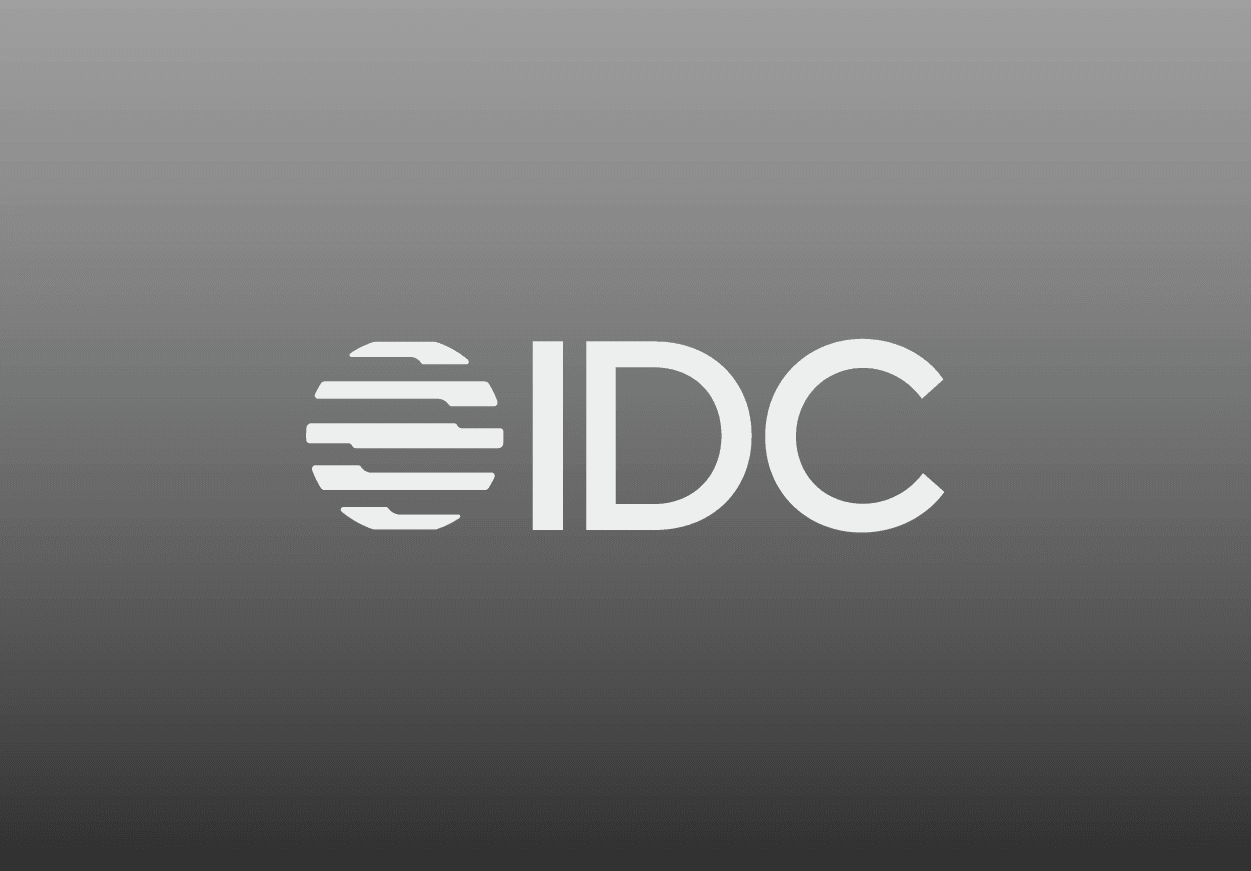
Achieving Maximum Cash Visibility: A Best Practice Guide

Maximizing the visibility of the cash surpluses and shortages in a corporate organization invariably scores highly in industry surveys of corporate treasurers’ priority objectives. Ever since the financial crisis, the efficient management of internal cash has been an important focus for finance management. Cash resources may be used to pay down external borrowing, and finance policy may require that some surplus cash is held in reserve and invested, rather than being recycled into the business. Efficient liquidity management is generally seen as an important measure of corporate health, enabling companies to deploy cash quickly to where it is needed, in support of corporate profitability.
The key to achieving best practice liquidity management is gaining dependable and timely visibility of the company’s cash, so that it can be quickly mobilized to best effect. It is accordingly surprising that many companies report sub-optimal performance in this area, and cash visibility levels as low as 60 percent are frequently seen.
This white paper describes the steps that can be taken to achieve a best practice solution in this most important treasury business process, substantially enhancing the available cash resources of the organization, and contributing to enhanced profitability and commercial effectiveness.
The components that need to be implemented to deliver a complete and integrated cash visibility solution are:
- Bank account management
- Bank connectivity
- Cash positioning and reporting
- Cash forecasting
The implementation of each component on its own will result in the realization of several best practice benefits – on the way to achieving optimized cash visibility for the whole corporation.
Best Practice Tools and Facilities
The key to achieving complete cash visibility is enjoying dependable, unbroken access to all the relevant cash flows in the organization’s financial ecosystem. This requires the roll-out of next generation treasury technology, to deliver the necessary functionality to define and control treasury processing and communications, to provide analysis and intelligence, to centrally manage consolidated treasury data, and to generate the necessary reporting.
"The key to achieving complete cash visibility is enjoying dependable, unbroken access to all the relevant cash flows in the organization’s financial ecosystem."
The treasury technology achieves the required connectivity with the organization’s cash management banking partners via a communication hub, to manage the import of bank balance reports, and to process wires effectively and transparently. The third facility is the provision of expert support services, to monitor system and connectivity performance, and to research and repair errors quickly and effectively.
The combination of efficient SaaS technology and bank connectivity with expert and responsive service provision provides the operating environment that enables best practice – and cost effective – cash visibility to be realized in practice.
Bank Account Management
Best practice Bank Account Management (BAM) solutions enable the company to gain central visibility of the organization’s global network of bank accounts. It is impossible to gain visibility into account balances without first having control of the organization’s bank accounts.
"It is impossible to gain visibility into account balances without first having control of the organization’s bank accounts."
A best practice BAM solution is based on maintaining a central repository of information about the organization’s global network of bank accounts, including identification, type, contact information, signatories, mandate, power of attorney details, and fee and interest calculation bases. The responsibility for opening, closing and maintaining accounts may be centralized, decentralized, or shared, according to finance policy. The solution uploads BAM information from banks, and includes secured process to manage signatories.
The BAM solution ensures that the database is kept up to date with information right across the organization, to produce dependable reporting that minimizes the risk that there are invisible pockets of cash and funding requirements buried in the corporate structure.
It enables the company to analyze the accounts across the entire corporate network, so that the risks and costs can be accurately measured. In turn, this enables the value of each account to be determined so that accounts can be combined and redundant accounts closed, with the potential to make substantial bank fee reductions.
The BAM analysis gives the company powerful and objective insight into the costs and benefits of each account, providing valuable input for negotiating improved costing and service agreements with banks.
The BAM solution provides the organizational and information foundation for implementing the further components needed to optimize cash visibility, and achieve full best practice.
Bank Connectivity
Automated bank connectivity is an obvious requirement to achieve visibility into actual cash balances and transactions. Achieving visibility to all banks can be a daunting challenge, especially where banks are dispersed around the world.
The two biggest barriers to achieving the desired automation and visibility are:
- Cost effectiveness
- Technical knowledge/access to tools
Next generation treasury technology can provide solutions to both issues, with the development of lower cost methods to access bank reporting and the deployment of technology solutions to the cloud, which eliminates the need for internal IT resources to support secure bank connections.
In total, there are five ways to connect to banks:
- Host-to-host or direct connections (e.g. FTP)
- Country networks (e.g. EBICS)
- SWIFTNet – concentrator
- SWIFT Alliance Lite2
- SWIFTNet Service Bureau
The best choice(s) completely depends on the number of banks, location of banks, number of accounts, and transaction volumes. It is invariably the case that a combination of methods is the most cost effective. Using only one of these methods for all your global banks means you are likely overpaying.
In addition, monitoring of bank connectivity is often a requirement of corporate treasury teams, simply because they have neither the time nor technology resources to effectively troubleshoot bank reporting problems. Most technology providers will proactively monitor bank connectivity to fix issues ahead of time, so corporate users are unaffected. The cloud increases the efficiency of such monitoring as all clients using a specific bank are on the same treasury system, which yields valuable information about whether an issue is specific to a client or universal across all that bank’s customers.
Once visibility into bank reporting is achieved, treasury teams will know how much cash they currently have, which allows them to accurately determine cash positions and reconcile against cash forecasts.
Cash Positioning and Reporting
The goal of cash positioning is to determine how much cash and liquidity a company expects to have by end of day in order to make effective cash management decisions – concentration, transfers, investing, borrowing, and sometimes even hedging.
Cash management systems create, maintain and report the cash position, combining current bank reporting with expected transactions that are yet to occur.
While there are different methodologies in EMEA vs. North America based on timing of bank reporting, the cash position is generally calculated by:
Prior day bank balances
+ current day bank reporting
+ expected payables/receivables that have not yet cleared the bank
+ open treasury transactions
Since cash positioning is effectively forecasting cash for end of the current day, it is common that the cash position is combined with a short term forecast.
Information sources may vary based on the quality of the information available, however it is common that:
- Prior day balances – automatically downloaded from banks first thing in the morning
- Current day bank reporting – also automatically downloaded from banks throughout the day
- Expected payables/receivables – this may come from ERP/accounting systems or may be based on spreadsheet uploads or simply treasury’s expertise
- Open treasury transactions – these are financial positions, such as maturities or settlements, that would be tracked in the treasury system and automatically update the cash position
A best practice cash positioning solution includes flexible, user-defined interactive dashboards for the essential reporting function. Such dashboards are designed for easy use by busy cash managers, enabling them to select specific sets of cash information for reporting. They allow the user to drill down through multiple levels of the database, to research any component of a cash position efficiently.
Best practice cash position reporting uses the web to communicate information and analysis as required right across the corporate network, 24/7. It is possible to extend reporting beyond treasury, to finance management, corporate subsidiaries and others, as required.
"Once visibility into bank reporting is achieved, treasury teams will know how much cash they currently have, which allows them to accurately determine cash positions and reconcile against cash forecasts."
The end result is the provision of enterprise wide cash visibility. Fully dependable and up to date cash reporting is made available to all the individuals who are permitted to see it, scheduled, structured and formatted according to company-specific and individuals’ requirements. The scope, precision and flexibility of the result can only be achieved through the integration of powerful technology and communications management with expert support services.
Best practice 360° enterprise cash visibility brings a number of substantial enhancements to treasury operations:
- Management reporting can provide the Board with reliable and accurate cash position information.
- Cash may be confidently mobilized across the organization for funding and investment purposes
- Efficient cash management processes such as pooling, sweeping, concentration and intercompany borrowing and lending are enabled
- Interest income and expense are optimized by accurate borrowing and lending operations, as cash managers can refine their decisions on yield, maturity and counterparty
- External borrowing may be reduced through the most effective use of the revealed internal cash resources, further reducing interest expense, and also enhancing the organization’s credit worthiness
Cash Forecasting
The final element of a best practice cash visibility solution for corporate treasury is the optimization of cash forecasting. A good cash forecast will be accurate and allow confident decision making, empowering treasury to take a more strategic view of longer term liquidity, as an aid to better decision taking.
Successful forecasting is based on three key steps:
- Collaboration – with the right people who own data and process in the organization
- Consolidation – of the right information within the organization
- Measurement – analyzing forecast accuracy and implementing a feedback loop so that forecast inputs can be optimized
Collaboration is important as key data points needed to estimate future cash flows are owned by different teams. Accounting, FP&A, legal, sales, and supplier/customer teams all own information that can help.
Consolidation requires deciding upon – and then aggregating – the right data sources for your business. For some organizations, projecting receivables from the ERP offers no value – and using historical averaging and trending is more applicable. For others, extending forecasting tools to regional controllers is the best way to gain insight into upcoming cash events. The specific methods depend on a variety of factors, much of which are industry-based.
Regardless of the organizational profile, once information sources are identified then it is a matter of implementing technology tools to automate the consolidation of forecast information. Treasury technology providers will not only provide the tools, but also find the best methods to utilize those tools to generate a good cash forecast across different time horizons.
A good cash forecast is only as good as how well it is measured. Forecast accuracy is a relevant KPI to measure the effectiveness of treasury teams, as it is indicative of how confident the organization can be relying on that data. While every treasury team should measure forecast accuracy, the detailed variances are important to help improve the underlying forecast data that led to the variances in the first place. Creating a feedback loop to the people/systems that delivered forecast information will help improve the quality and accuracy of the information being provided. Over time, the forecast will improve and become a strategic data set that can be relied upon.
Best practice cash forecasting adds strategic vision to treasury’s abilities, enhancing the quality of management reporting that can be delivered. This enables organizations to optimize the planning of their borrowing and lending operations; for example the action to be taken in response to a maturing bond issue can be decided against longer term projections of cash needs and surpluses. Refinancing can therefore become more precise and cost effective.
Best Practice Cash Visibility
Cash visibility is consolidating key treasury data and presenting as organized, financial analysis. The implementation of each of the components of a best practice solution – bank connectivity, cash positioning cash forecasting, and bank account management – will yield measurable and significant business benefits. A comprehensive cash visibility solution will enable the organization to invest strategically, minimize debt and interest expenses, improve effectiveness of hedging programs, and reduce risk exposure. Organizations implementing treasury technology to optimize visibility will increase business value.
Learn Kelkoo Group's best practices of cash forecasting in this webinar
Related Resources



